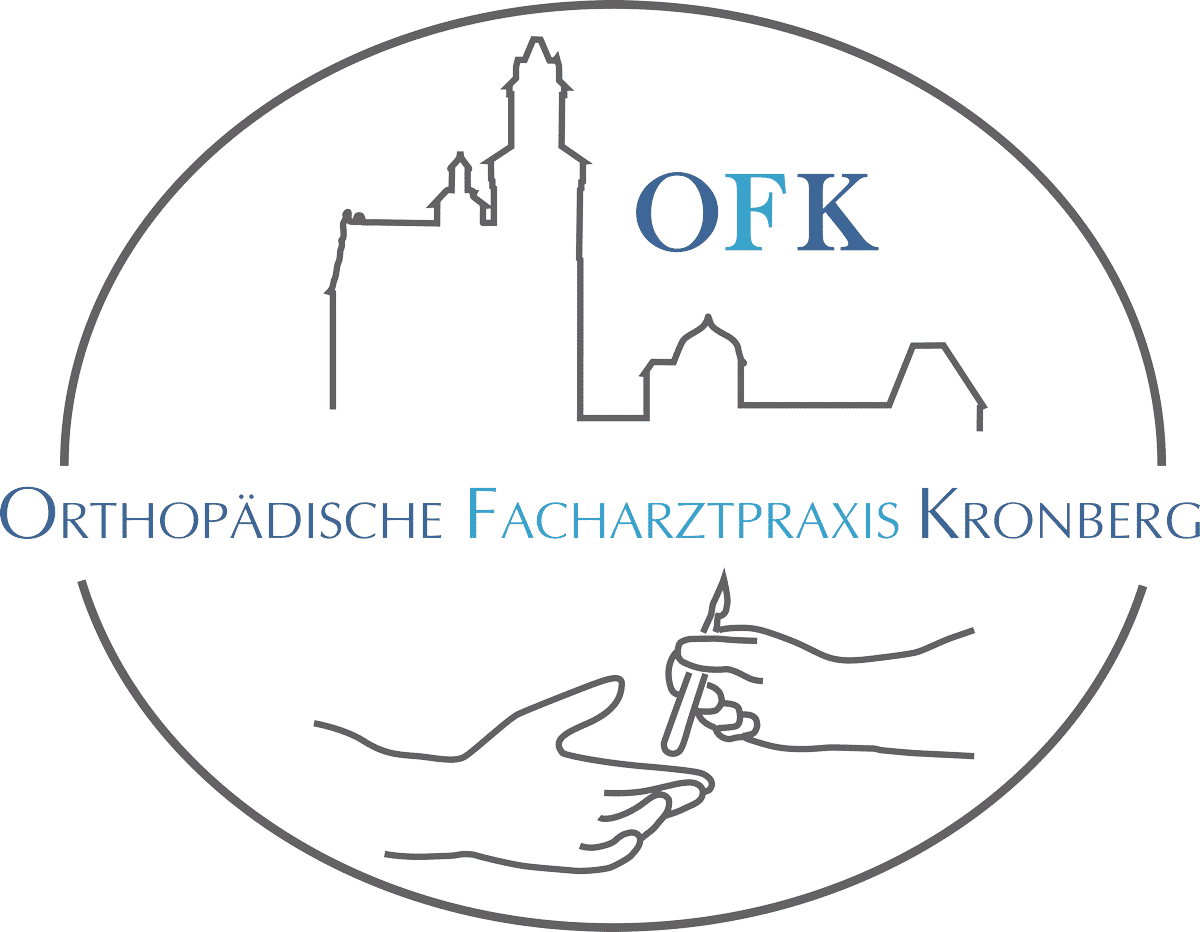Shock wave therapy
Pain relief through high-energy pressure impulses
(Extracorporeal) shock wave therapy is a treatment method in which high-energy pressure pulses are generated by a special device and then transmitted to the patient's body. The aim of the treatment is to relieve pain, for example in the area of tendons, muscles or bones.
Shock wave therapy is also used to dissolve calcium deposits. This means that functional restrictions caused by symptoms can also be treated. As shock wave therapy is applied externally, this treatment method is a non-invasive therapy option and therefore has few side effects. In many cases, pain relief can be achieved without the use of regular painkillers.
Definition
Focused and radial shock wave therapy
A distinction is made between focused shock wave therapy and radial shock wave therapy. The most important difference between these two forms is the depth of penetration. The radial form has a more superficial effect and is mainly used to treat muscle tension or in fascia therapy.
As the name suggests, focused shock wave therapy is more targeted than radial shock wave therapy. This method allows a specific point to be fixed and treated. Due to the short wavelength of these shock waves, areas of the body that lie deep down can also be reached.
Only focused shock wave therapy is used in our practice. In order to achieve optimum treatment success, we use the latest generation of devices. These devices are characterized by a lack of impedance loss when the shock waves pass from the device to the skin. This means that the energy from the device can be transferred to the patient's body without loss. As a result, deep structures can be treated precisely and surrounding structures can be protected from the shock waves.
Effect & procedure
How does shock wave therapy work?
The sound pressure waves used contain a lot of energy, which is released when it hits solid structures such as calcium deposits in the shoulder. This allows them to be destroyed in a targeted manner.
Shock wave treatment also improves blood circulation in the tissue. This leads to a stimulation of the body's self-healing powers and thus to an acceleration of healing. Growth factors are released and stem cells are activated. Furthermore, a blocking of pain receptors and thus a direct reduction in pain is discussed.
How does shock wave therapy treatment work?
As a rule, the treatment can be tolerated without painkillers. During the treatment, the doctor carrying out the therapy will consult with you and adjust the intensity of the therapy to your level of pain. The more frequently the treatment is applied, the less painful it becomes. The entire treatment usually takes up to 10 minutes.
Patients do not need to take any special precautions after the therapy. The treatment is carried out on an outpatient basis. This means that patients only come to the practice for treatment and can be released back into their normal everyday lives after treatment. Side effects are generally not to be expected.
Make an appointment online now
Indications
For which clinical pictures or diseases is shock wave therapy used?
Originally, extracorporeal shock waves were developed to treat kidney and gallstones. Over time, however, shock wave therapy was also used in other areas and is now widely used in the orthopaedic field.
Typical clinical pictures that can be treated with focused shock wave therapy are calcifications in the shoulder area (calcified shoulder, tendinosis calcarea). This method can also be used for so-called "tennis elbow" (synonym: epicondylitis humeri radialis) or "golfer's elbow" (synonym: epicondylitis humeria ulnaris). Patients who suffer from a heel spur (calcaneal spur) or Achilles tendon irritation (achillodynia) and experience discomfort when walking can also benefit from treatment.
Further areas of application for focused shock wave therapy
In the area of the knee joint, shock wave therapy is used, for example, to treat patellar tendinitis. This is a painful tendon inflammation in the area of the kneecap (patella). (Chronic) bursitis, for example in the hip or shoulder, can also be successfully treated with shock wave therapy. The German-speaking International Society for Extracorporeal Shockwave Therapy (DIGEST) also recommends treatment for painful metatarsal heads or osteoarthritis in the metacarpophalangeal joint of the thumb.
Whether focused shock wave therapy can lead to an improvement in symptoms and the course of the disease in your individual case is best clarified in a personal consultation with your attending physician.
When should shock wave therapy not be used?
There are some patients who should not be treated with shock wave therapy. These include children, pregnant women and patients with pacemakers. Patients with malignant tumors in the area of application should also not receive shock wave therapy.
Patients with blood clotting disorders or who are taking blood-thinning medication such as Marcumar or Xarelto should receive individual advice and a risk assessment from their doctor.
Opportunities & Risks
What are the chances of successful treatment using shock waves?
Following shock wave therapy, there is usually a rapid improvement in symptoms. Patients who are treated for pain often experience a reduction in pain or even freedom from pain.
However, as the shock waves stimulate cellular mechanisms, there may also be a short-term and temporary worsening of symptoms (initial aggravation). In this case, pain-relieving medication can be used so that the initial aggravation gives way to successful treatment after a few days. As a single application usually does not achieve long-term treatment success, three to five applications are necessary in order to be able to assess the effect of the entire shock wave therapy afterwards.
What side effects can occur during therapy?
Side effects and complications are very rare with focused shock wave therapy. In rare cases, redness, swelling or slight bleeding (hematoma) may occur at the point of contact with the pressure wave head. These side effects usually require no further treatment and heal on their own.
Make an appointment online now
Assumption of costs
Does health insurance cover treatment using shock wave therapy?
Focused shock wave therapy is not covered by the statutory health insurance companies (SHI) and must therefore always be paid for by the patients themselves (so-called individual health service or IGeL). This also applies to the treatment of heel spurs. A complete shock wave therapy usually consists of 3-5 applications. The cost per treatment is EUR 95. You will receive advice and a transparent overview of the costs of the entire treatment from your attending physician.

